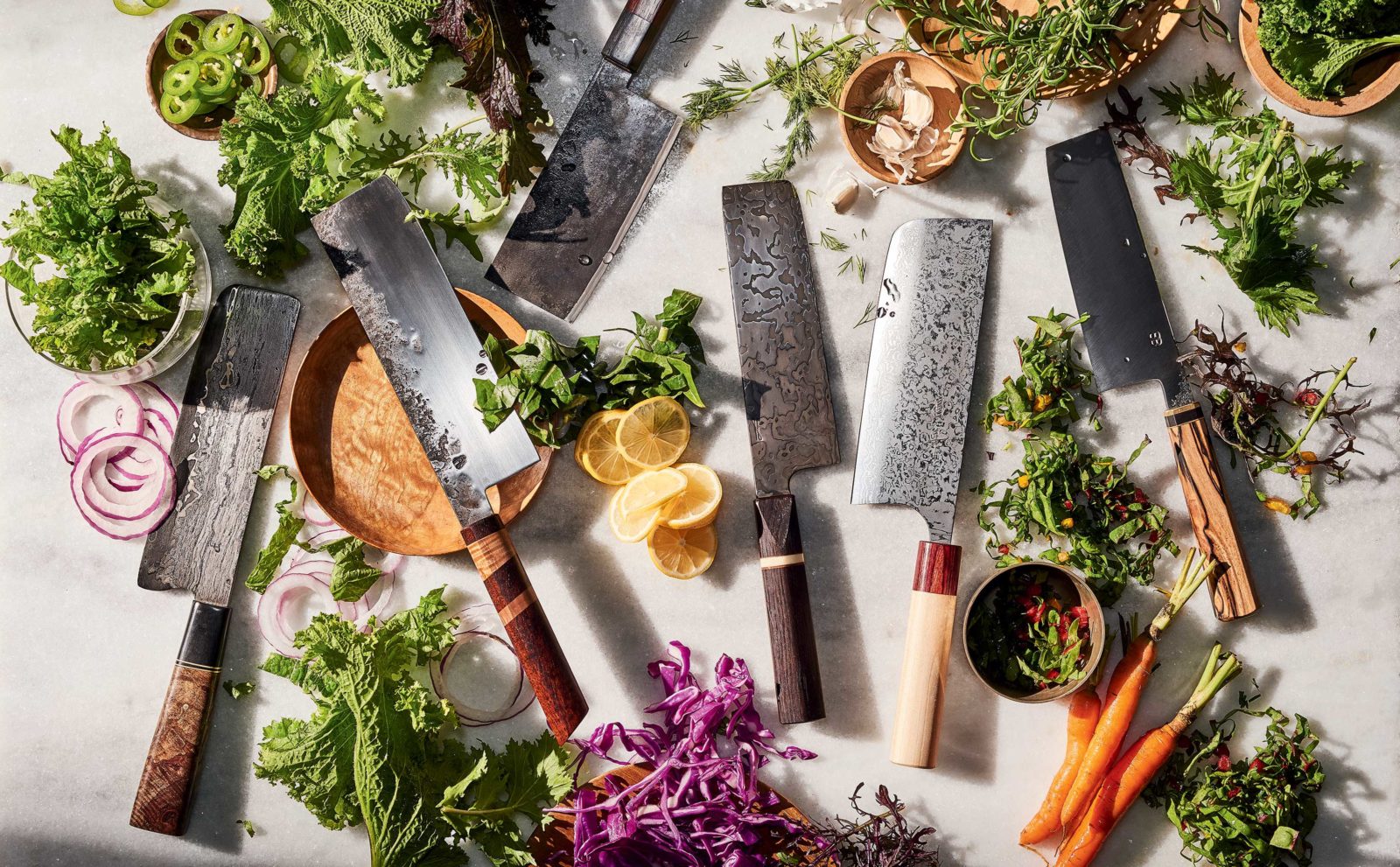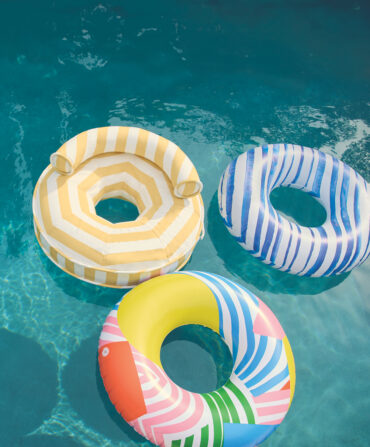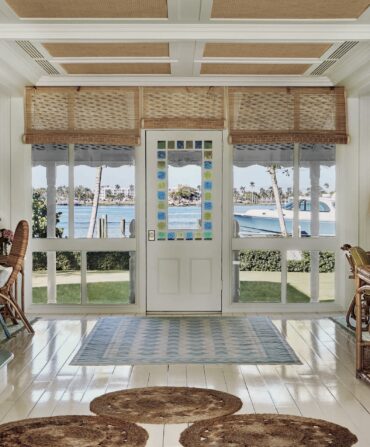Tools
Why Every Southern Chef Needs a Japanese-Style Nakiri Knife
Many Southerners don’t own this versatile kitchen staple. But maybe they should

Photo: Johnny Autry
Listed below from left to right.
Though they look like the kind of cleavers pit masters might have in their arsenals, nakiri knives are in fact designed for something quite different—cutting vegetables, especially the leafy variety. In Japanese, nakiri bocho means “knife for cutting greens.” Nakiris trace their lineage to the seventeenth century, when they were one of two knives commonly found in Japanese home kitchens (the other, a deba, was used for meat and fish).
“Nakiris may be outside the realm of what many Southern cooks are used to, but they’re one of the most utilitarian knives we could use because vegetables are so much a part of Southern cooking,” says Jacqueline Blanchard, a chef who along with her partner, Brandt Cox, returned home from California to New Orleans in 2015 and opened Coutelier, a shop devoted to elegant Japanese culinary knives.
Familiar Western-style chef’s knives have slightly curved blades that encourage a rocking motion when cutting. A nakiri strikes the cutting board with the full length of the rectangular blade, completely severing every last stringy fiber in a mess of mustard greens. “The motion is more chopping up and down or a draw cut—pulling backward,” Blanchard says. The height of the blade also makes a nakiri easy to use because the entire surface glides through thick squashes or heads of cabbage.
But the real benefit is the confidence a cook can gain from using one. “It’s so much more enjoyable to cook,” Blanchard says, “when you know you have a tool you can count on.”
(Knives listed from left to right.)
Phillips Forged
The iron on the surface of this nakiri was once the outer rim of a wagon wheel. In his Knoxville, Tennessee, workshop, John Phillips bonded it to a carbon steel core recycled from a sawmill blade. The chef Sean Brock is a fan of his work ($1,600; phillipsforged.com).
Horn and Heel
Duncan Stephenson followed a path as straight as one of his blades: After studying metal design at East Carolina University, he built a forge at his Raleigh home and began making knives, such as this maple- and mesquite-handled carbon steel nakiri ($420; hornandheel.com).
Takeda Hamono
Third-generation Niimi, Japan, knife maker Shosui Takeda forged this whisper-thin nakiri with a core of Aogami Super (the highest grade of Japanese carbon steel). The octagonal shape of its rosewood handle suits both left- and right-handed cooks ($300; couteliernola.com).
LaSeur Knives
Fashioned from bone and stabilized 5,000-year-old bog oak, the handle of Tony LaSeur’s beautifully balanced nakiri is nearly as hard as its Damascus carbon-steel blade, which he hand hammers in his Fredericksburg, Virginia, studio ($600; laseurknives.com).
Masakage Kiri
Forged in Takefu, Japan, by Hiroshi Kato, one of the godfathers of modern Japanese knife making, the Masakage Kiri features a Damascus stainless-steel blade and a handle made of Japanese magnolia, a familiar tree in the Southern landscape ($220; couteliernola.com).
Bloodroot Blades
Outside of Athens, Georgia, Luke Snyder and David Van Wyk form knives from recycled metals and locally harvested wood. They add musical details, too. One spacer on this nakiri came from a cymbal; the other is clarinet blackwood ($600; bloodrootblades.com).







